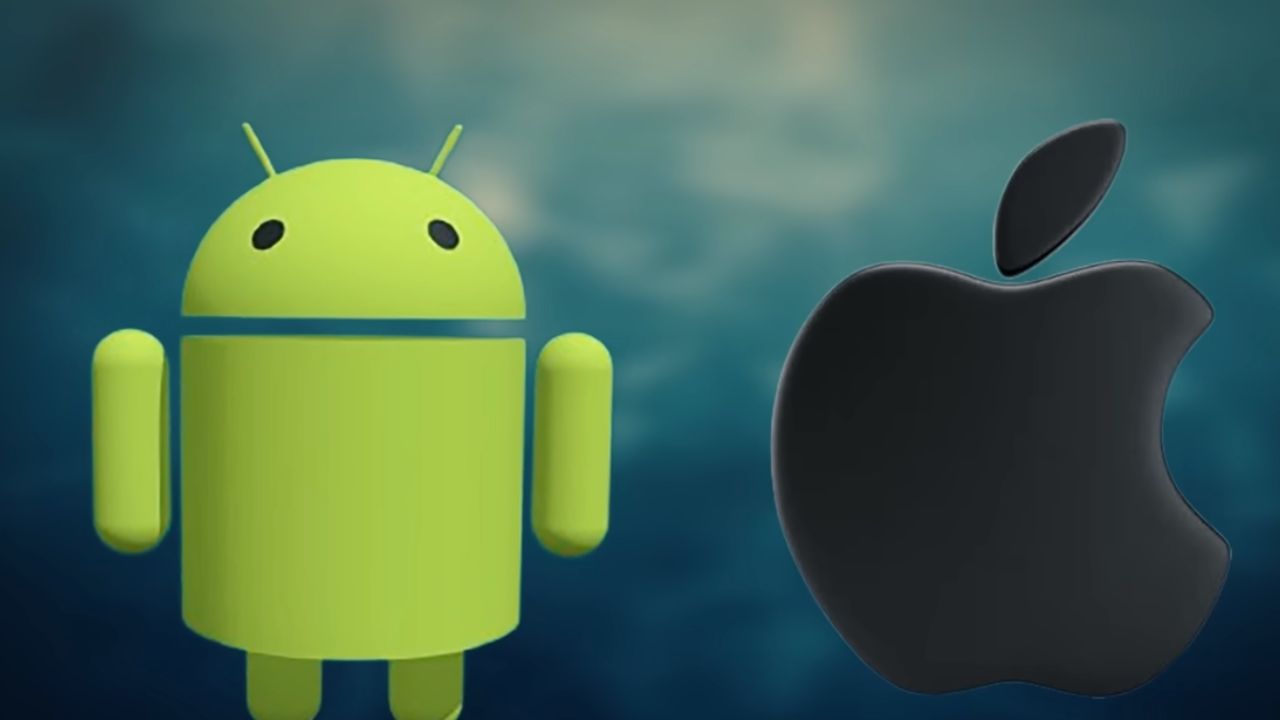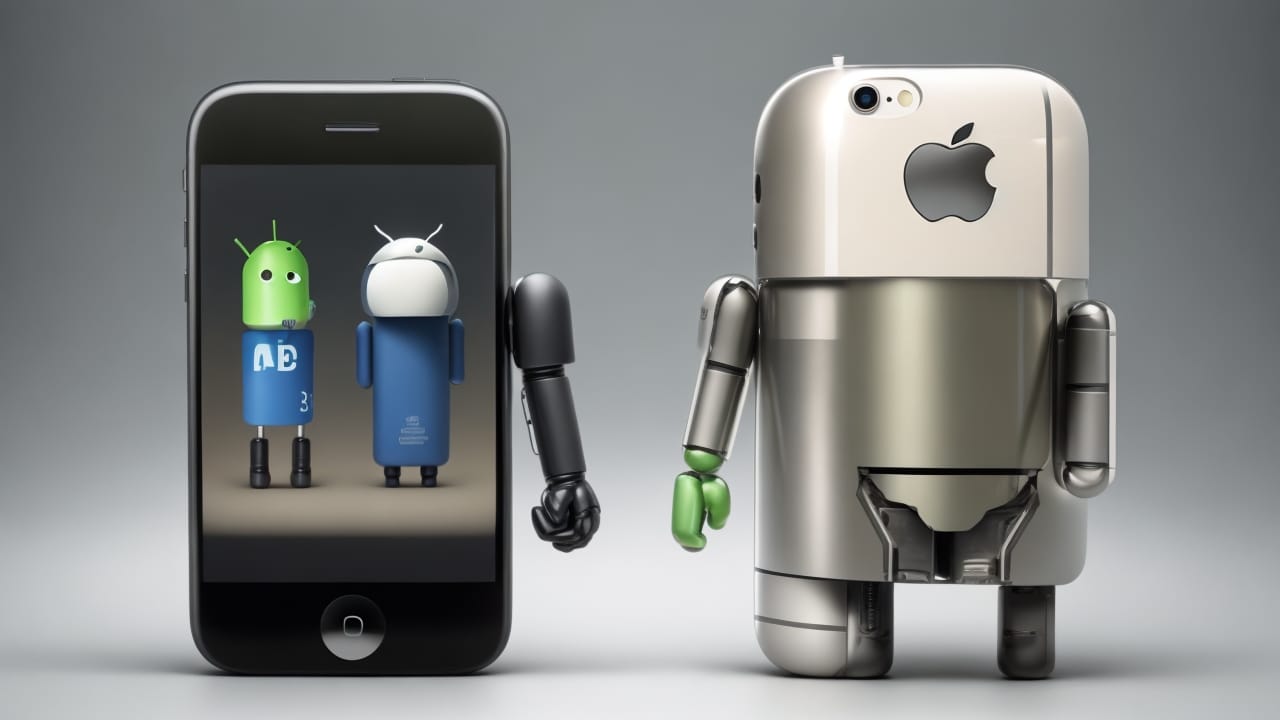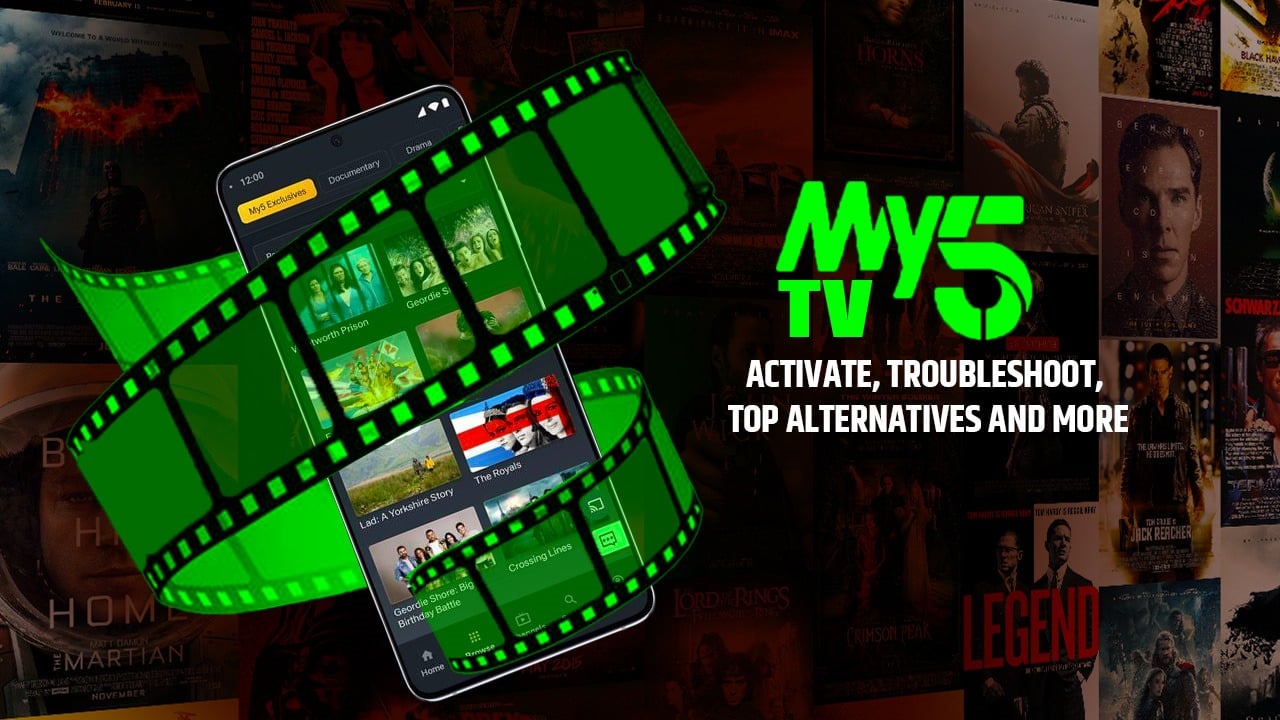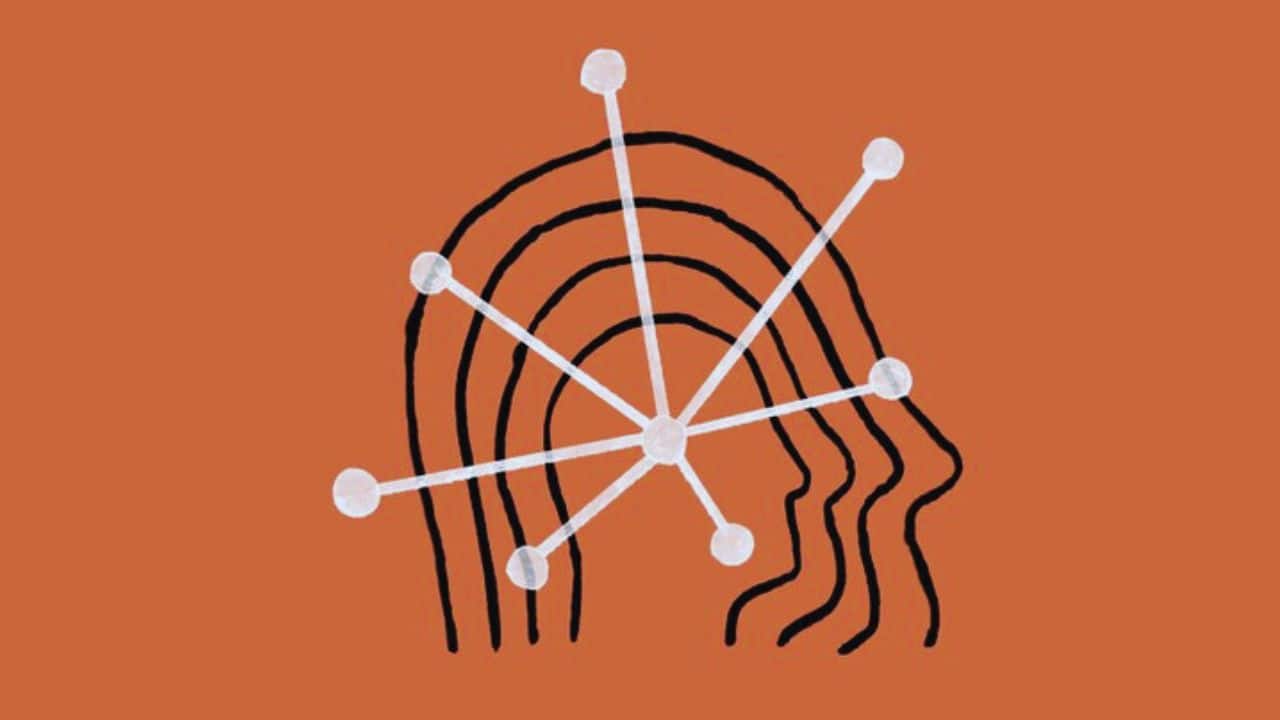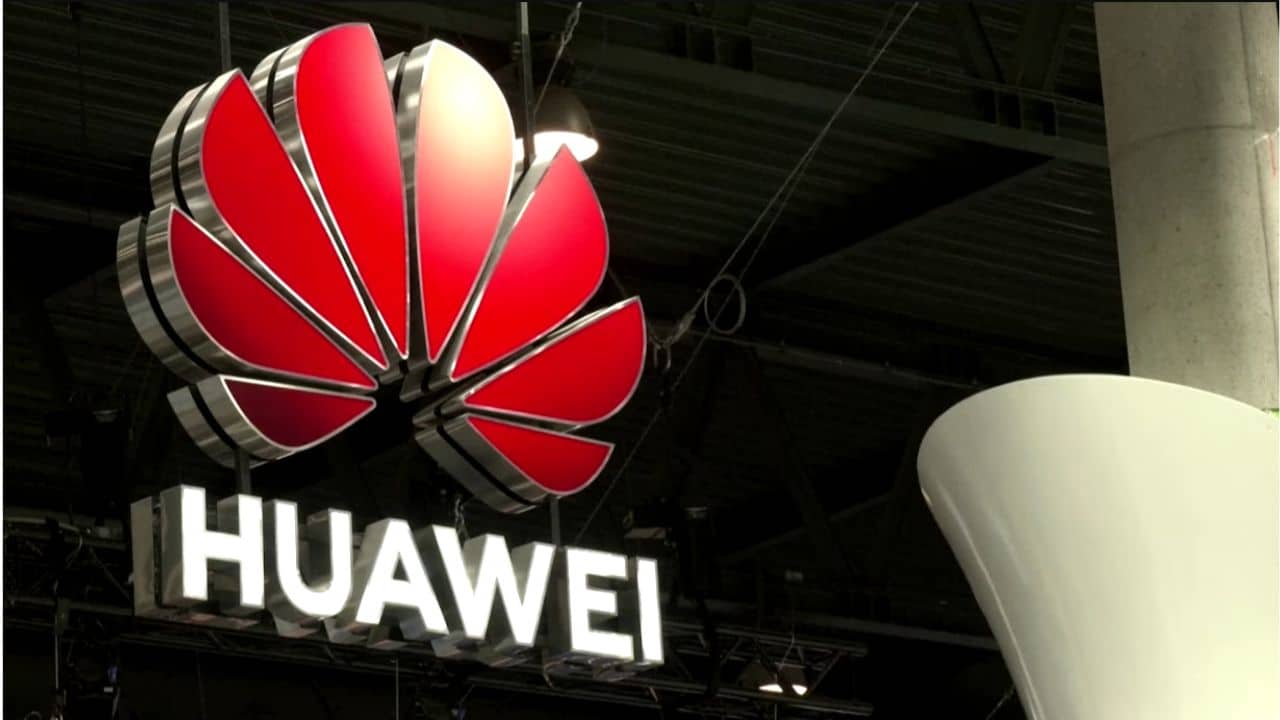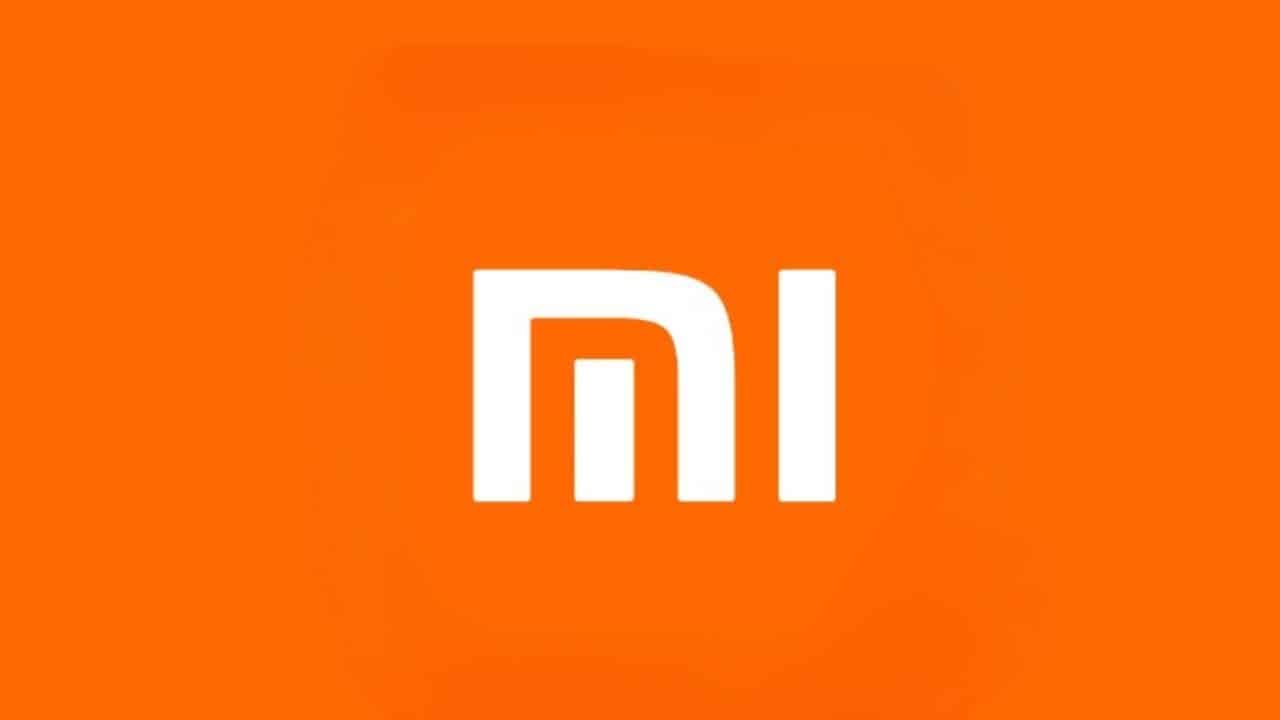When it comes to choosing your next smartphone, the initial question often revolves around whether to opt for an iPhone or an Android device. Traditionally, the consensus was that if you desired a phone that worked seamlessly right out of the box with a versatile camera, an iPhone was the way to go.
On the other hand, if you craved customization and the ability to personalize your device’s look and feel, Android was the go-to choice. However, this clear distinction has been gradually blurring in recent years.
Apple has been introducing more user customization options into its iOS, while Android manufacturers have been implementing tighter security measures, such as Samsung’s Knox, which restrict certain features when a custom ROM is flashed onto the device.
One of Apple’s significant advantages lies in its tight control over both the hardware and software, along with an ecosystem of complementary devices tailored for lifestyle users. Android, being supported by numerous manufacturers, faces challenges in creating such a closed ecosystem. The competition in the Android market is fierce, with new features debuting on one device before others adopt them.
Nonetheless, it’s worth noting that certain features remain exclusive to iPhones, which entices Apple users to stick with the brand when it’s time to upgrade. In this article, we’ve compiled a list of our favorite iPhone features that are not accessible to Android users.
Use iMessage
The ongoing debate over green and blue bubbles in messaging could become a thing of the past once Android users gain access to iMessage. Until that happens, iPhone users are likely to stick with Apple, a fact the company is well aware of since it deliberately kept iMessage exclusive as a means of retaining its user base. It’s a missed opportunity because iMessage could have easily become the universal standard for messaging across all mobile operating systems.
Back in the days before unlimited cellular plans became the norm, one of iMessage’s key benefits was that it used Wi-Fi or cellular data to transmit messages, saving users from depleting their SMS allowances from their carriers. Nowadays, SMS messaging is typically unlimited, but users have grown accustomed to iMessage and its array of features.
One of the most prominent features is its synchronization across multiple devices, ensuring that messages appear consistently on your iPhone, iPad, Mac, or any other device linked to the same Apple ID.
However, iMessage offers much more than just basic SMS functionality. It supports inline replies, allows you to pin conversations, and sorts unknown senders into a separate inbox. It has evolved into a robust messaging service, with capabilities such as tagging participants in group chats, sending handwritten notes, sharing your location with contacts, transferring money, and even playing games with your friends and acquaintances.
Webcam using Continuity Camera
For quite some time, smartphone users have had the option to transform their devices into webcams for their Windows or Mac computers. This typically involves using apps like DroidCam or Camo, which sync the smartphone’s camera feed to the computer, making it appear as a webcam to the operating system. Both wired and wireless connections are possible, but the setup usually requires additional software installation on your computer and some configuration. Additionally, compatibility with various videoconferencing software isn’t always guaranteed, and some advanced features, like higher resolution and image quality tools, may require a paid upgrade to the pro version.
However, with the introduction of macOS Ventura and iOS 16, iPhone users now have a more straightforward solution for using their iPhone as a webcam without the need for third-party apps and extensive setup. This feature, called Continuity Camera, involves minimal configuration as long as you’re signed in with the same Apple ID on both your iPhone and Mac. All you need to do is select your iPhone as the webcam within any Mac application that uses the camera or microphone. This initiates the rear-facing camera on your iPhone, streaming its image directly into the Mac app.
Once you’ve set it up for the first time, as long as your iPhone is in proximity to your Mac, the devices will automatically sync whenever you open a recording app. Continuity Camera also boasts a unique feature called Desk View, which utilizes the iPhone’s ultrawide camera to provide a top-down view of your desk along with your face, setting it apart from other webcam apps.
Video chat with FaceTime
FaceTime stands out as a popular video calling tool, thanks to its seamless integration into iOS and its user-friendly design. On the other hand, Google has faced challenges with its messaging apps, leaving users with the dilemma of whether to use Meet or Duo, often leading them to opt for third-party alternatives like WhatsApp or Skype.
One of FaceTime’s significant advantages is that it comes pre-installed on iPhones, iPads, and Macs, ensuring a consistent video calling experience across all Apple devices. However, its potential could be even greater if Apple were to develop native apps for Windows and Android, allowing a broader audience to access FaceTime.
Similar to how Xerox became synonymous with photocopying and Google with internet searching, FaceTime has the potential to become the go-to video calling platform for both personal and business use. All it would take is for Apple to slightly open its walled garden. With over 1.5 billion iPhones in daily use worldwide, accounting for a little over 21% of the global population, there’s an enormous user base with FaceTime-ready devices in their pockets. Apple has taken some steps in this direction, such as enabling the sharing of FaceTime requests with Android or Windows users for browser-based connections. While this may be seen as a preliminary move, it could be a sign that Apple is testing the waters for more extensive integration.
SharePlay for Group Viewing
FaceTime serves as a valuable tool for connecting with friends and family, bridging the gap of distance. While many video calling apps offer this capability, FaceTime sets itself apart with its SharePlay feature, allowing users to watch shows, movies, videos, listen to music, or engage in fitness routines together during a call. Apple users have the convenience of initiating content playback while on a FaceTime call, and the content syncs across all participants’ screens, enabling shared viewing experiences despite physical separation. Furthermore, SharePlay can be activated directly from within various content apps, including those for live streaming, sports, movies, and fitness, by sending a FaceTime request from the sharing menu.
In fairness to Android, Google has collaborated with Samsung to introduce Live Sharing in Google Duo, which can be thought of as a lighter version of SharePlay. However, navigating Android’s messaging landscape can be a bit more complex. Google Duo has evolved into Google Meet, and Live Sharing is available on select devices such as the Samsung Galaxy S22 series, the Samsung Galaxy Tab S8 series, and Pixel phones. Android’s approach to SharePlay involves sharing a live feed from one user’s phone, rather than relying on native apps for content. This method may have limitations, such as accommodating devices with different screen sizes or resolutions, and it grants control over playback to the person sharing the content.
AirPlay 2 Shares Lossless Music
Both iPhone and Android offer casting technology for music and video, with AirPlay 2 for iPhone and Google Cast for Android. These technologies perform a similar function, allowing you to stream media files from your phone to another device, like a TV. They support various types of content, including video, audio, images, and even screen mirroring, making them seem comparable at first glance. However, the way they handle casting differs, and that’s where distinctions arise.
AirPlay 2 primarily streams content to your iPhone before pushing it to the desired device via Bluetooth or Wi-Fi. On the other hand, Google Cast initiates the stream and then instructs the host device to fetch the content directly from the internet. This means that Google Cast requires an internet connection, whereas AirPlay can function without one.
There are two noteworthy features that AirPlay 2 offers, which Android devices currently lack. First, it supports streaming lossless audio quality, particularly due to Apple Music’s upgrade to lossless audio. Second, AirPlay 2 allows multiple listeners in the same space to contribute tracks to a shared musical queue, fostering a collaborative music-listening experience. In contrast, Google Cast typically takes control of the audio stream when another device connects.
Get OS Updates with Minimal Red Tape
Apple maintains a significant advantage when it comes to rolling out operating system updates, thanks in part to the relatively small number of active iPhone models in daily use, despite having a massive user base of over 1.5 billion iPhones globally. Currently, the latest iPhone operating system, iOS 16, is designed to be compatible with just six major generations of iPhone releases. These include the iPhone 8, iPhone X, iPhone 11, iPhone 12, iPhone 13, iPhone 14, and the 2nd and 3rd generation iPhone SE. This streamlined lineup allows Apple to efficiently distribute updates directly to users without the need to navigate through multiple manufacturers or cellular carriers.
In contrast, the situation for Android phones is notably more complex. Each Android manufacturer, such as Samsung, OnePlus, Xiaomi, among others, customizes the stock Android code to incorporate their unique user interfaces and features. Additionally, cellular carriers often introduce their own customized Android ROMs, which must undergo network validation for any newly added features. This intricate process results in delayed schedules for crucial Android security updates. While Google adheres to a monthly update schedule for its Pixel range, it can do so because it controls both the hardware and software, akin to Apple’s iPhone. In contrast, other Android manufacturers must tailor the software to meet their specific requirements, which can lead to significant delays. Consequently, it may take months before important security updates reach certain Android users’ devices.
Update Apps First
While Android boasts a more extensive install base compared to iPhones, accounting for 72% of the global mobile operating system market, the decision for developers to create a new app or update an existing one isn’t solely determined by the size of the user base. Developing mobile apps entails significant investments of time, money, and effort. Moreover, the competition within the app market is fierce, with numerous developers often offering apps with overlapping functionalities.
Interestingly, Android’s vast install base paradoxically presents challenges for app development. Developers must optimize their apps to function across a wide range of devices running various Android versions. In contrast, iPhone developers have a more predictable environment to work within, with a known set of devices and a high degree of uniformity in iOS versions, even across major updates. This streamlined ecosystem tilts the numbers game in favor of the iPhone.
You might have noticed that many iPhone camera apps lack corresponding entries in the Google Play Store. The fragmentation within the Android ecosystem poses challenges for developers, as exemplified by Moment’s decision to discontinue its Android app in favor of enhancing its iOS offering.
Another factor influencing the decision is the spending habits of users. Recent surveys indicate that iPhone users tend to outspend their Android counterparts in various categories, further driving developers’ considerations when choosing between the two platforms.
Better Security
While iPhone users may indeed spend more and have higher incomes, it’s essential to note that this doesn’t necessarily make them a more attractive target for security risks and theft. Android’s extensive install base, combined with a sometimes slower pace of security updates, can make it a more tempting target for malicious actors. In contrast, iPhone users encounter greater obstacles when attempting to sideload apps, making them less likely to install random app packages downloaded from the internet. This is because every app available in the App Store undergoes rigorous inspection for malware and security vulnerabilities. While the Google Play Store also vets apps, it has experienced high-profile breaches when automated security checks fall short.
The tight integration of software and hardware in iPhones serves to limit the potential attack surface for hackers and other malicious entities. While some may argue that certain features are more limited on iPhones compared to Android, these limitations actually contribute to enhancing iPhone security. Android’s diverse range of hardware introduces hardware-based vulnerabilities that are less common on iPhones. Furthermore, the closed nature of iOS reduces the ease with which hackers can discover vulnerabilities, particularly when contrasted with the open-source nature of Android. Apple’s commitment to security is further evident through initiatives like iCloud Private Relay, which routes all internet browsing requests through two secure relays to thwart tracking by websites and apps. Additionally, the implementation of App Tracking Transparency rules makes it more challenging for advertisers to access sensitive data, such as location information and web browsing history.
Smoothly Switch Devices
Apple’s ecosystem, anchored by the iPhone, is meticulously designed to facilitate effortless transitions between its various devices. For instance, AirPods seamlessly switch between devices in real-time based on which one is actively in use. Calls can be initiated on an iPhone and smoothly handed off to Macs or iPads, creating a cohesive communications experience. This ecosystem is further empowered by features like Continuity, which establishes a unified communication system across devices.
Continuity gives rise to practical functionalities like Universal Clipboard, allowing users to copy images, text, or files on their iPhone and paste them onto a nearby Mac without the need for wires. Similarly, Handoff permits the initiation of tasks on one device and a seamless transition to another. For example, you can begin composing an email on your Mac and effortlessly pick up where you left off by swiping up in the Mail app on your iPhone.
This deep integration between Apple devices not only enhances user experience but also fosters brand loyalty. It incentivizes iPhone users to invest in other Apple devices and discourages them from exploring alternatives. Apple consistently builds upon this ecosystem, making it increasingly challenging for users to consider switching to a different platform.
In stark contrast, Android is not a singular device, manufacturer, or operating system. While Android manufacturers have the potential to integrate their devices with one another, as seen in features like the AirPod-like linking between the OnePlus 11 and the OnePlus Buds Pro 2, the execution of such integrations often falls short. Many Android manufacturers lack the resources or perhaps the motivation to compete with Apple in terms of seamless software integration across their entire device lineup.
Image Background Removal with a Tap
Recent iPhones are equipped with powerful processors that facilitate on-device AI processing, a feature not exclusive to Apple devices. Android smartphones also harness AI processing in tools such as Google Lens. However, what sets the iPhone apart are two distinctive features enabled by Apple’s AI image processing: Live Text and Visual Lookup.
Android boasts its own version of Live Text, primarily designed for working with images. Apple has taken a step further by introducing the ability to search text within live videos. Once enabled in Settings under General, Language & Region, iPhone users can pause any video containing text to activate Live Text on the frame. The AI promptly recognizes the text, converting it into a copyable format. This text can then be searched online, translated into different languages, or shared with other apps or individuals.
Another feature introduced with iOS 16 is the ability to isolate a subject from the background within a photo, making it easily shareable in other apps. To utilize this feature, open any photo and touch and hold your finger on the item you want to copy. You’ll notice a shimmer on the image, outlining the object. Once the outline is complete, you can either tap “copy” and then paste it into another app, tap “share” to send it to someone else, or simply drag and drop it into an email, text message, or note. This feature provides a convenient way to remove a background from an image, although the results may not always be perfect, with the best outcomes typically seen with people and animals.
Offload Apps to Save Space
The iPhone, unlike some other smartphones, lacks the capability to expand its storage capacity beyond what was initially available at the time of purchase. As users accumulate data, from photos to files to apps and their associated data, the built-in storage can quickly fill up. While some storage can be offloaded to iCloud, this often involves additional costs for cloud storage subscriptions. To help alleviate this issue, iPhone users have had access to a feature since iOS 11 that can be quite handy: the ability to offload unused apps.
When this feature is activated, the iPhone periodically assesses the frequency of app usage and, if necessary, unloads apps that are not frequently used. It’s important to note that only the app file itself, which is typically the larger part, is uninstalled, while the app settings and data are retained. The app icon remains on the home screen and in the app drawer, allowing for easy reinstallation with a simple tap whenever the user wants to use them again. This feature proves particularly useful when iOS updates are released, as it helps free up enough storage space to accommodate the update file, which can then be reinstalled after the update is complete.
To enable this feature, navigate to Settings, then tap on “App Store,” and finally, enable the “Automatically remove unused apps” option. However, it’s worth noting that if iOS automatically offloads an app that is subsequently removed from the App Store, it cannot be reinstalled.
Create iCloud+ Private Emails
Our email inboxes are constantly bombarded with spam, junk, and newsletters that we don’t even remember signing up for. While some of this clutter may be due to forgetfulness, in many cases, spammers acquire email addresses through various means, such as purchasing them from harvested email lists or hacking websites. To combat this issue, Apple introduced a solution in iOS 15.2, although there is a catch – you’ll need an iCloud+ subscription to access it. With just 5GB of free storage space, it’s not long before most users opt to pay a small fee for additional storage. The good news is that with this subscription, you gain access to one of Apple’s most valuable privacy features.
This feature is known as Hide My Email, and it allows you to generate randomized yet unique email addresses for signing up for online services. These email addresses are linked to your Apple ID, and any incoming mail sent to them is forwarded to your primary inbox. When creating accounts on websites in Safari or apps, your iPhone will prompt you to use Hide My Email. Additionally, you can utilize it directly from the “From” field in the Mail app. Protecting your identity and primary email address from online threats only takes a few taps. However, it’s worth noting that Apple restricts this feature to iCloud+ subscribers, which is a bit of a disappointment. Given its significance for online security, it should be accessible to all iPhone users, and ideally, to all internet users. This is a feature that Android or Microsoft should consider implementing as soon as possible.
Full-color Always-On Display
Android introduced always-on displays with the debut of Motorola’s Active Display on the Moto X back in 2013. This feature, powered by the AMOLED screen of the device, would show essential information like the time, date, and notifications when the screen was tapped or hovered over. It revolutionized the way users checked crucial information on their phones. Over the years, Samsung also adopted always-on displays in its Galaxy S7 and S7 Edge models. These displays offered options such as a moving clock, a calendar, or a screensaver-like image carousel to prevent OLED burn-in.
However, it’s important to note that the concept of always-on displays didn’t originate with Android. Nokia was the pioneer in this regard, introducing an always-on display on the N70, which used a TFT screen.
Now, Apple has taken this technology to the next level. The iPhone 14 Pro and iPhone 14 Pro Max feature an always-on display that shows the entire lock screen in full color. This represents an evolution of the previous always-on displays and incorporates the widgets and clocks introduced with iOS 16, along with the user’s chosen wallpaper. The key to this enhanced feature lies in the new LTPO ProMotion screen, which can reduce its refresh rate to as low as 1Hz in this mode. When activated, the iPhone doesn’t completely turn off the screen when locked; instead, it dims it, allowing users to see their wallpaper and all the elements arranged on it.


